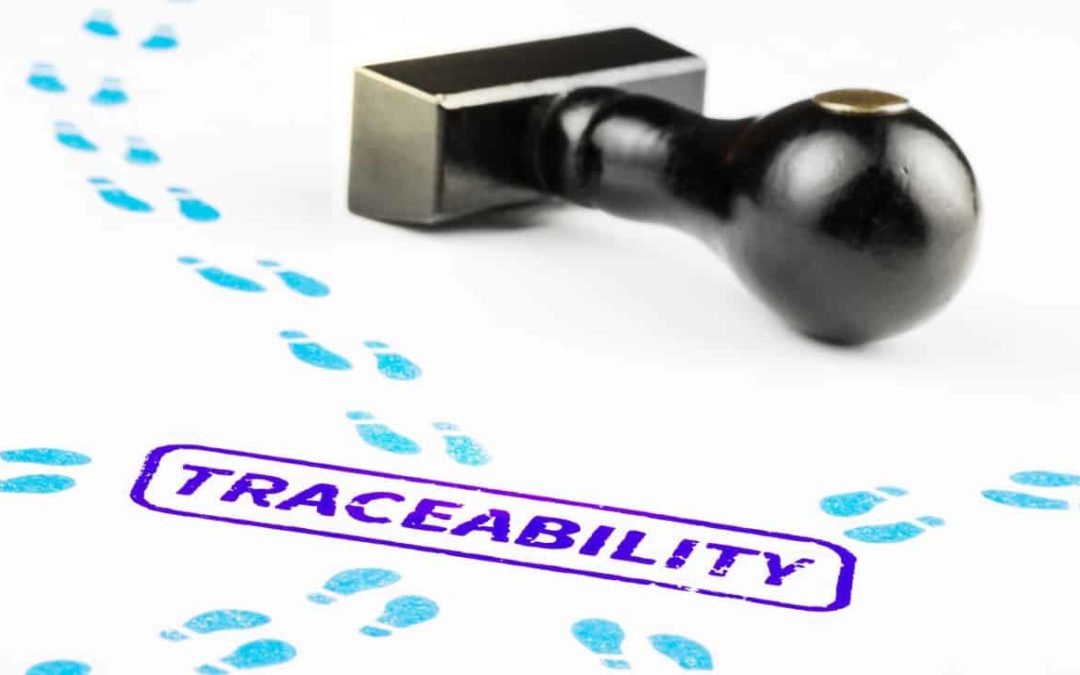In April 2016, we reported on Title II of the Drug Quality and Security Act (DQSA), known as the Drug Supply Chain Security Act or DSCSA. Enacted in 2013 by the U.S. Food and Drug Administration, the DSCSA requires a unique federal traceability solution for prescription medicines across all 50 states at the product level.
According to the FDA, the Act will enable better verification of the legitimacy of prescription drugs and swifter action when illegitimate ones are identified and need to be removed from the drug supply chain.I Manufacturers, repackagers and wholesale distributors have until November 27, 2017 to comply. Full interoperability is expected by 2023.
So with less than a year to go before U.S. pharmaceutical companies must have each packaging item uniquely marked, we wanted to take a look at steps taken by the FDA to support the implementation of national identifiers at the item level and assess readiness for change.
The FDA has held several public meetings and workshops to get input from stakeholders and assess progress towards implementing the product identification requirements of the DSCSA. In addition, the Healthcare Distribution Alliance (HDA) Research Foundation conducted a readiness surveyII to measure the level of preparedness of manufacturers and distributors for product serialization and data sharing.
The results from the survey found that 89 percent of manufacturers would be sending serialized products to wholesale distributors before the November 27 deadline, but that 40 percent had concerns with the DSCSA’s requirements, particularly with contract manufacturing organizations (CMOs) readiness and the lack of FDA guidance. Of particular interest, only 36 percent of manufacturers said they were planning to send corresponding aggregated data with products by the November 27, 2017 deadline, 33 percent between November 2017 and 2023, and 26 percent were unsure if they would be able to do so at all.III Based on these findings, the HDA Research Foundation concluded that “100 percent of product will not be serialized by November 27, 2017.”IV
While aggregation is not specifically required by the DSCSA, the process of creating a single federal serialization platform “…may include the use of aggregation and inference as necessary,” particularly if data is to be “exchanged in a secure, interoperable, electronic manner.”V
Aggregation “…is the process of building a relationship between unique identifiers assigned to packaging containers”, to “… associate ‘child’ items with their bundle or case ‘parent’”.VI Put simply, aggregation allows experts working along the drug supply chain to determine the contents of a case without having to open it up and scan every item.
So what does this mean for U.S. pharmaceutical companies? According to the DSCSA timeline, stakeholders were given a two-year timeframe to serialize product, a process which, on average, takes around 34 weeks per product line according to SecuringIndustry.com.VII Given that the planned stakeholder implementation period for an interoperable electronic tracing of product at the package level is expected to start in late 2021 through late 2023, data aggregation will have to be run as a separate project, adding complexity, time, and added costs to the process.
The FDA continues to seek public comment and suggestions on draft guidance documents addressing questions and clarifying expectations raised by prescription drug manufacturers and distributors in hopes to help them meet their first November milestone.
I Drug Supply Chain Security Act
II Manufacturer Serialization Readiness Survey Executive Summary
III See Reference 2, p. 1
IV See Reference 2, p. 3
V Drug Supply Chain Security Act
VI Aggregation 101: What it is, who requires it, and what it means for the supply chain
VII Just starting out on DSCSA compliance? Forget aggregation!

